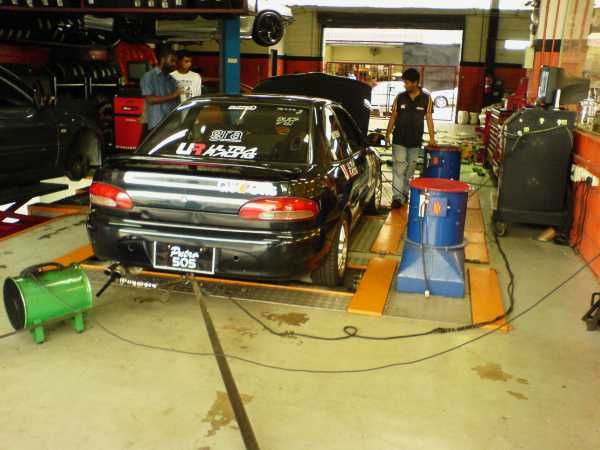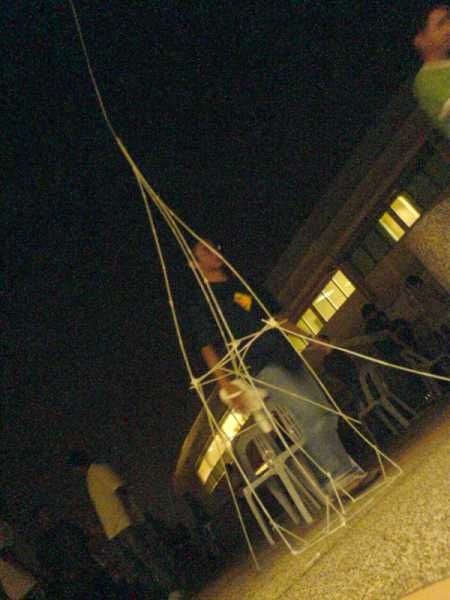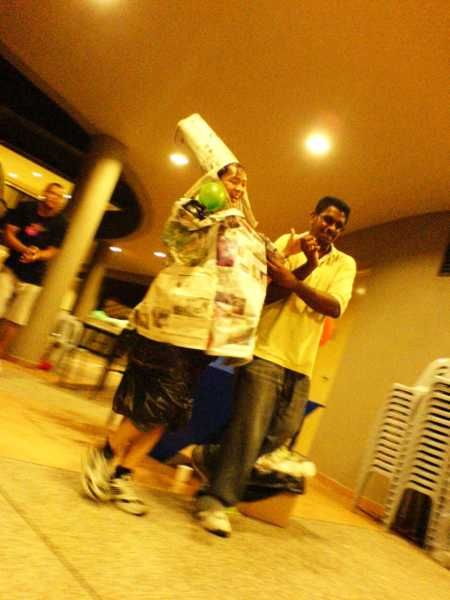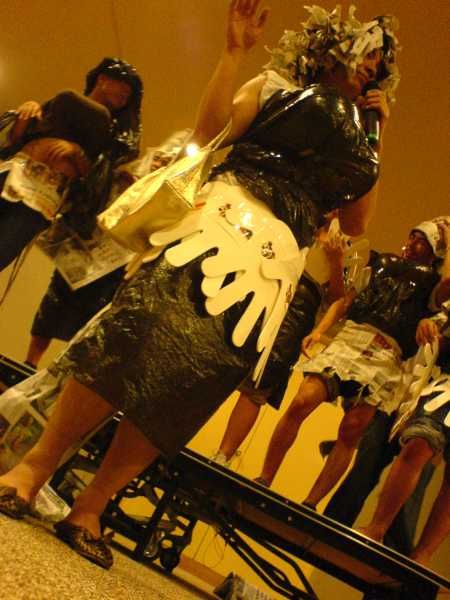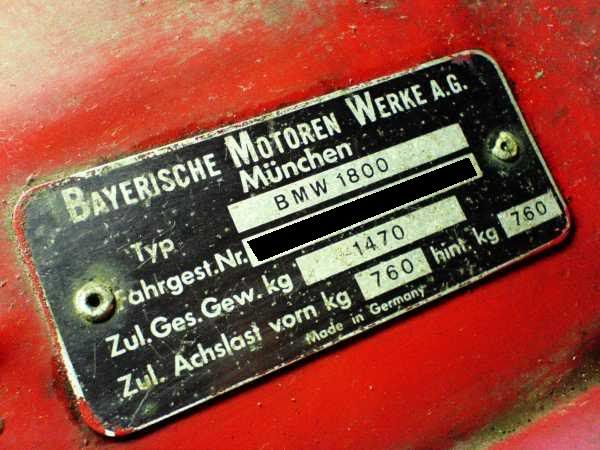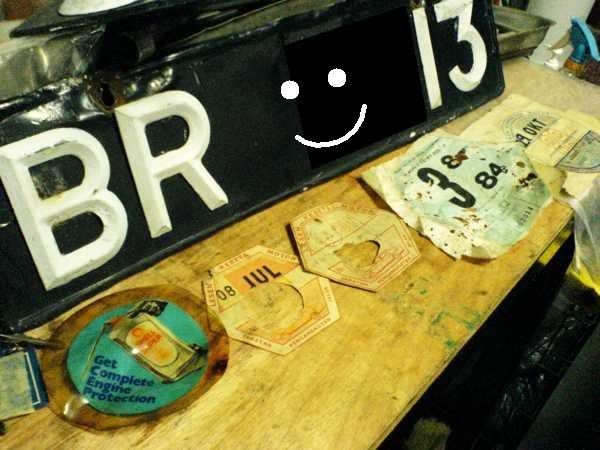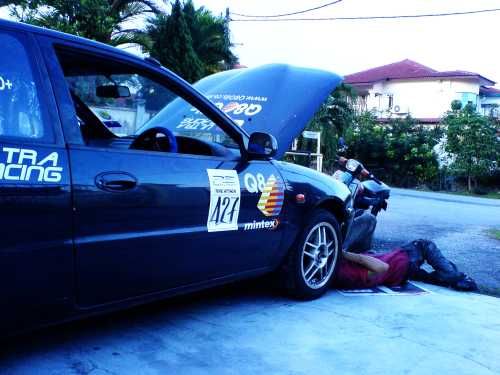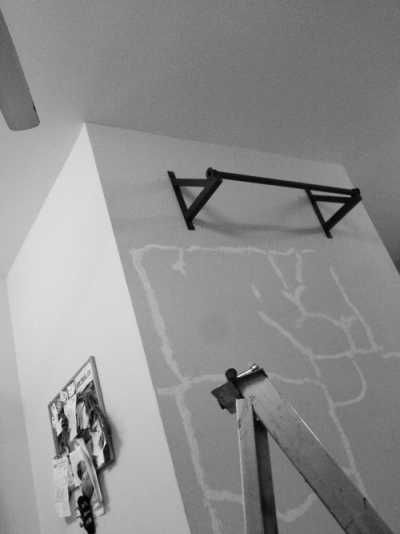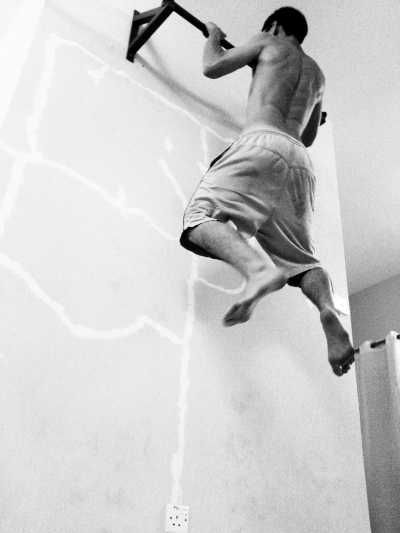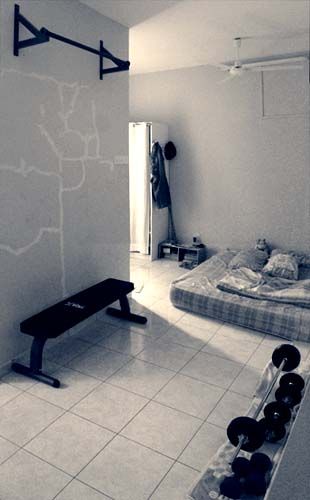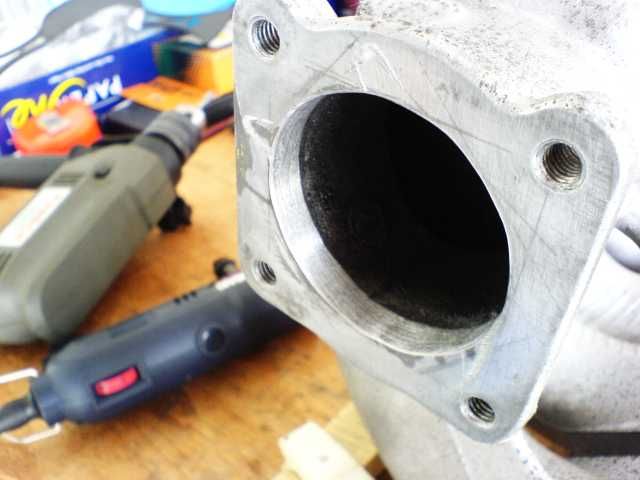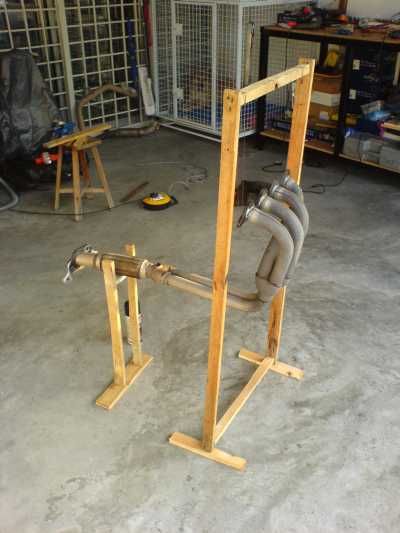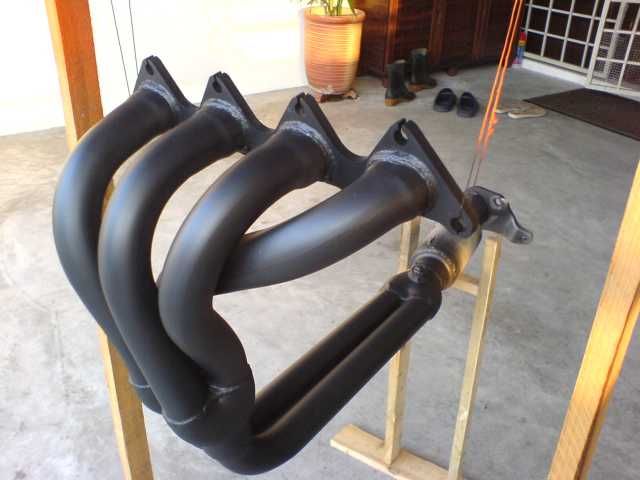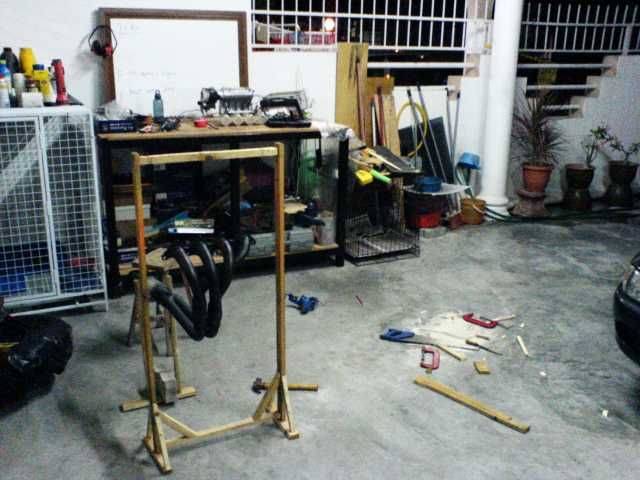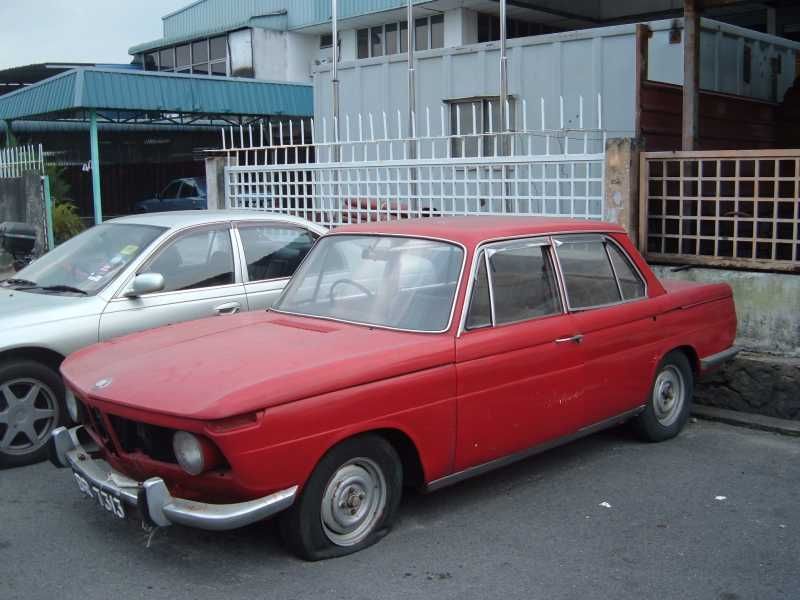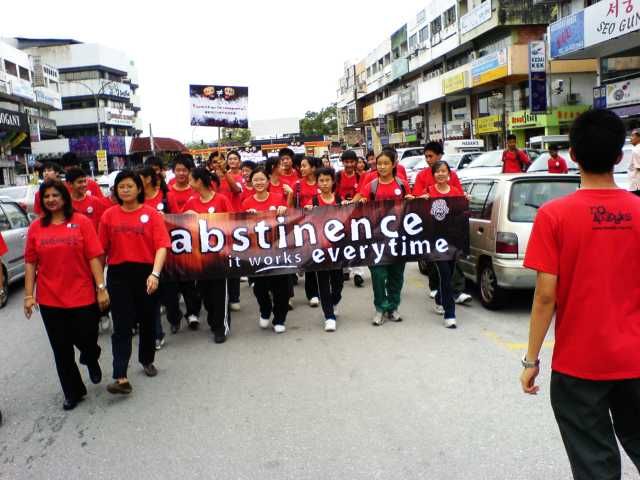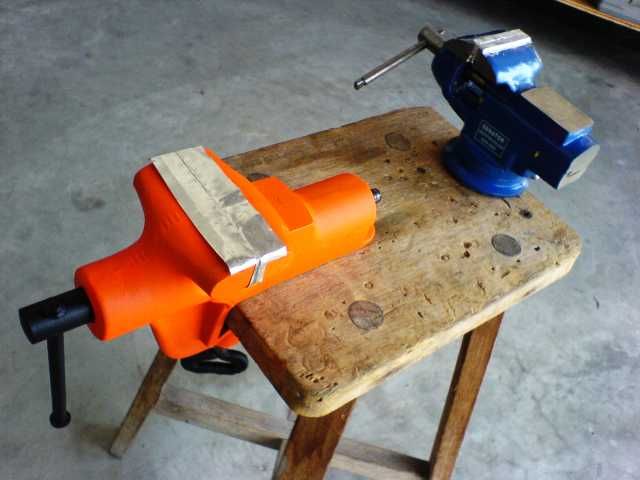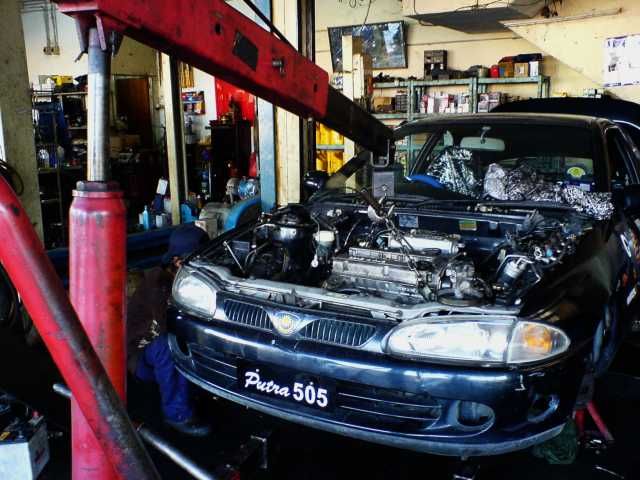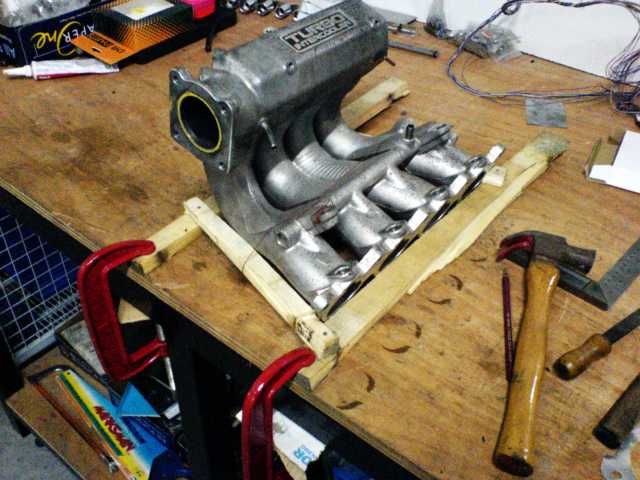first day of life as a 4th year uni student...nothing has changed much aside from the scenery.
well anyway, since the putra505 is more or less problem free for now (been 5 days since engine rebuild) i decided to get it dyno-ed so that i could have a baseline for any future modifications done to it to compare.
first feelings after getting the car back from the workshop was that there was definitely an increase in power and the engine revved without hesitation. it's 0-100 kph timing (timing provided by my trusty k750i's stopwatch) before the rebuild was ~10.8 seconds whereas NOW, it's ~9.3 seconds.
from these figures, i could derive an estimate for the horsepower that i could achieve since the car needs to overcome air resistance and as it gets faster, air resistance increases so you'd need more power to overcome that resistance and more power would equal a lower 0-100 timing yes?
ok, i did some hand calculations based on the manufacturer's claims regarding engine horsepower (which i converted to estimated wheel horsepower based on average losses experienced throughout the drive-train) and from there...(long boring theory stuff that most of you won't be interested in)...i got my estimated horsepower BEFORE the engine rebuild which was about 105.89 wheel horsepower(WHP) and i had predicted that due to increase losses due to friction from the crankshaft bearings, connecting rod bearings, etc, my actual WHP should be around 115.91.
i did try to calculate the actual work done via a stoichiometric combustion process but i didn't have actual data on the petrol i use (shell) so i just used the standard value for gasoline given in my thermodynamics text and let's just say the value was pretty close to my other calculation.
back to the point of this post. after getting the result sheet printed out, i was rather disappointed with my WHP as i only got 115.7 WHP but happy because my hand calculation was 99.8% correct. and here's where i have more work to do.
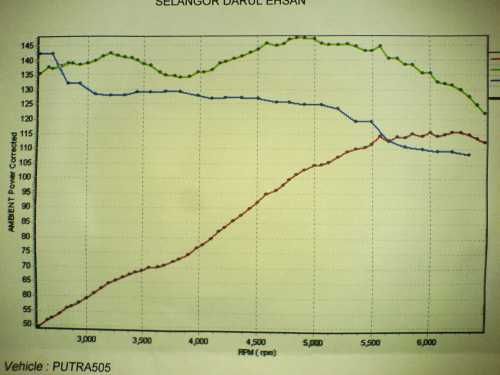
ok, the green line represents the torque(Nm), blue is the Air/Fuel Ratio and red is for horsepower(HP).
just to give you an idea of what the problem is, notice the blue line. in an ideal case (ie. stoichiometric) the line should be a straight line across the page at around 14.5 but in the real world that is not the case and also due to the fact that at stoichiometry, the engine will operate at higher temperatures and has a higher chance of detonation/pinging occureing due to the octane levels we run at(higher octane fuels can run at closer to stoichiometric a/f ratios because a higher octane rating denotes it's susceptibility to detonating at higher temperatures/higher compression ratios). a good air to fuel ratio would be between 13.1-13.8 for most naturally aspirated engines, but mine goes below 13! and drops to around 11 at peak horsepower...which is very very bad.
the guy who did the dyno warned me that i would have to correct this or else my car would overheat on track somewhere around the 10th lap. so, i might not be ready to compete just yet. have to settle this hiccup. can't risk destroying this engine now. so i'll be hunting around for a good piggyback ECU to help my fueling because that is what i need. more fuel to increase the A/F ratio back to a healthy 13.x. if any of you could help me out further on this, i'd be glad to listen. so let's discuss this in the comments ok?
